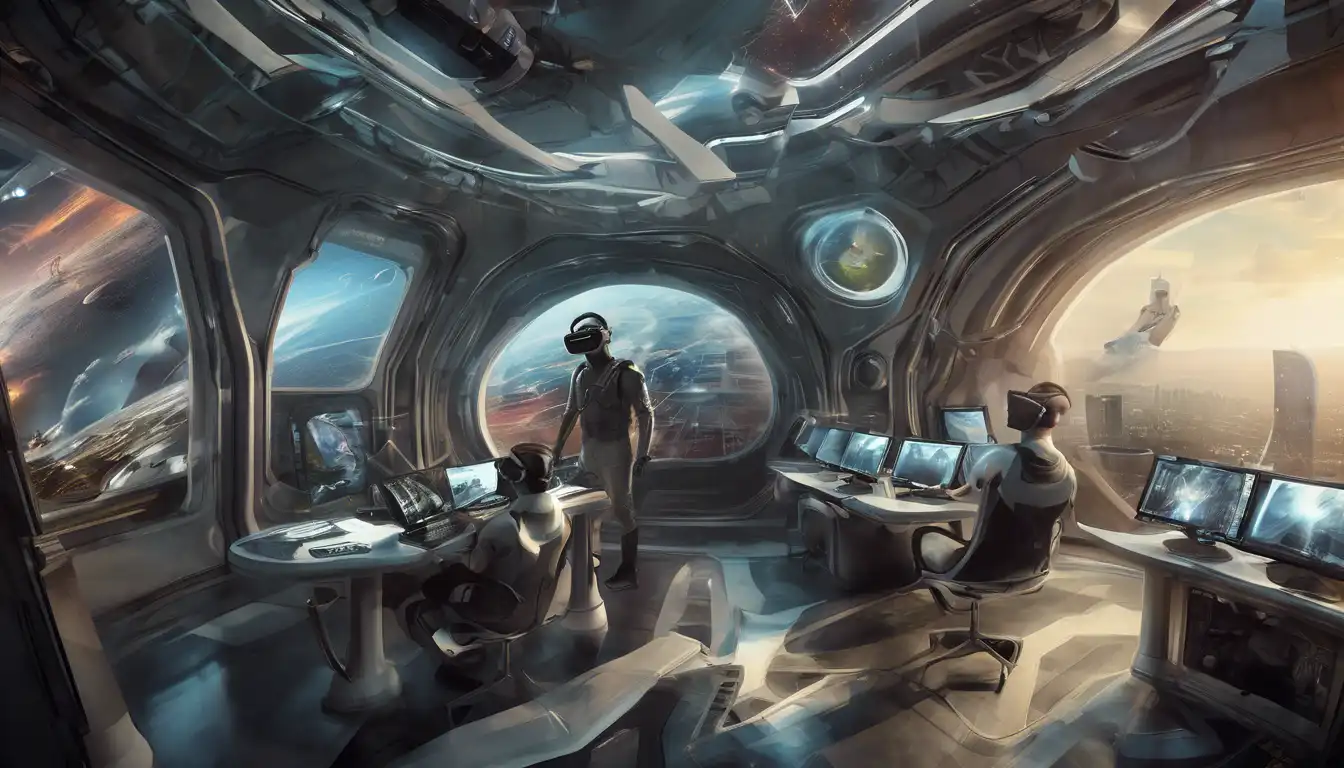Introduction to Virtual Reality
Virtual Reality (VR) has emerged as a groundbreaking technology that is reshaping how we interact with digital environments. By creating immersive, three-dimensional worlds, VR offers unparalleled experiences that blur the line between the physical and digital realms.
The Evolution of Virtual Reality
From its inception in the mid-20th century to the present day, VR technology has undergone significant transformations. Early prototypes were bulky and expensive, but today's VR systems are more accessible and sophisticated, thanks to advancements in computing power and graphics technology.
Applications of Virtual Reality
VR is not just for gaming. Its applications span various industries, including healthcare, education, and real estate. For instance, medical professionals use VR for surgical training, while educators employ it to create interactive learning environments.
The Future of Virtual Reality
As VR technology continues to evolve, its potential seems limitless. Future developments may include more realistic haptic feedback, wireless headsets, and integration with artificial intelligence to create even more immersive experiences.
Challenges and Considerations
Despite its promise, VR faces challenges such as high costs, technical limitations, and health concerns like motion sickness. Addressing these issues is crucial for widespread adoption.
Conclusion
Virtual Reality stands at the forefront of technological innovation, offering exciting possibilities for the future. As we continue to explore its potential, VR is set to revolutionize our digital experiences in ways we can only begin to imagine.
For more insights into the latest tech trends, check out our articles on Tech Innovation and Digital Transformation.
